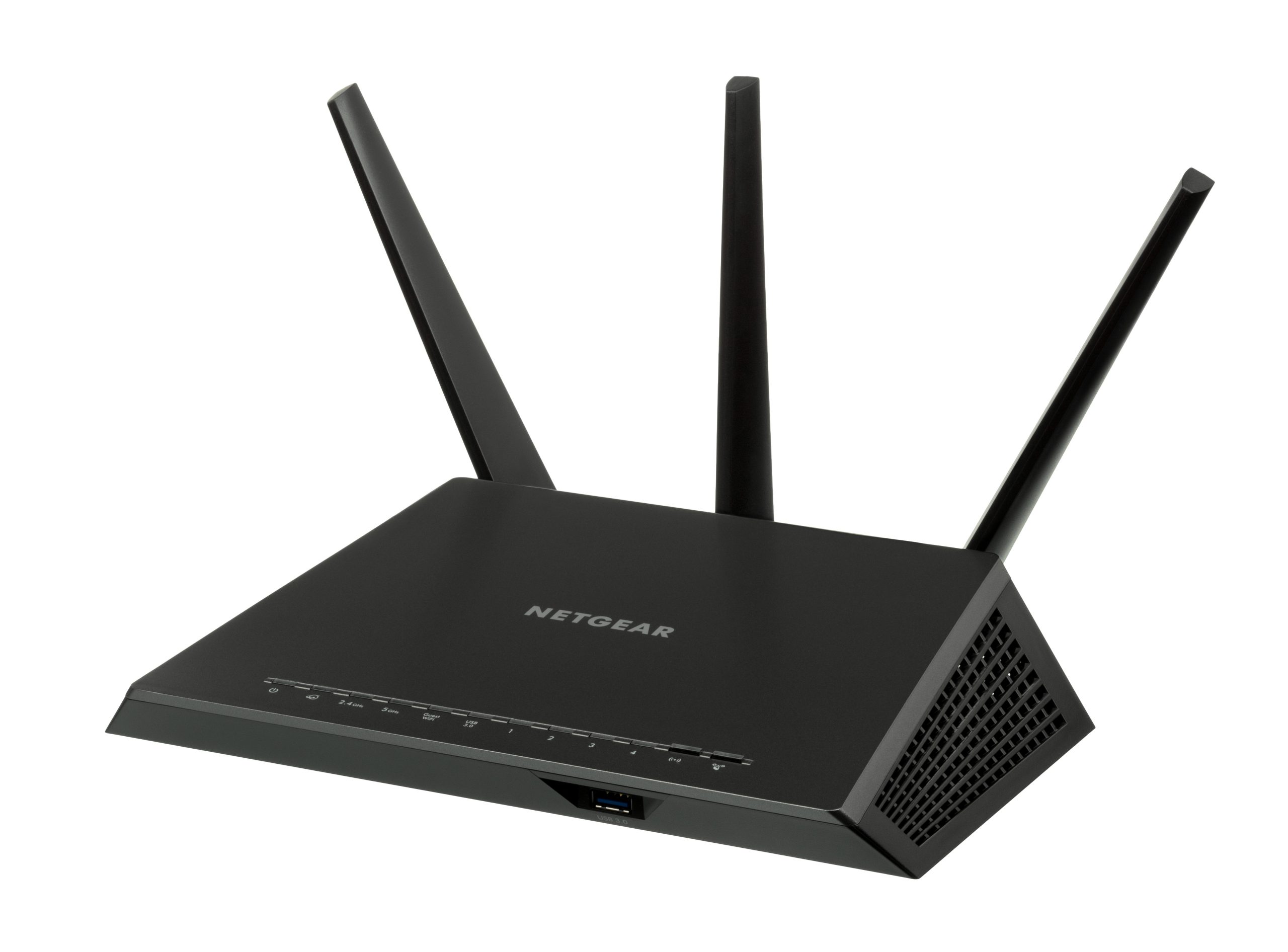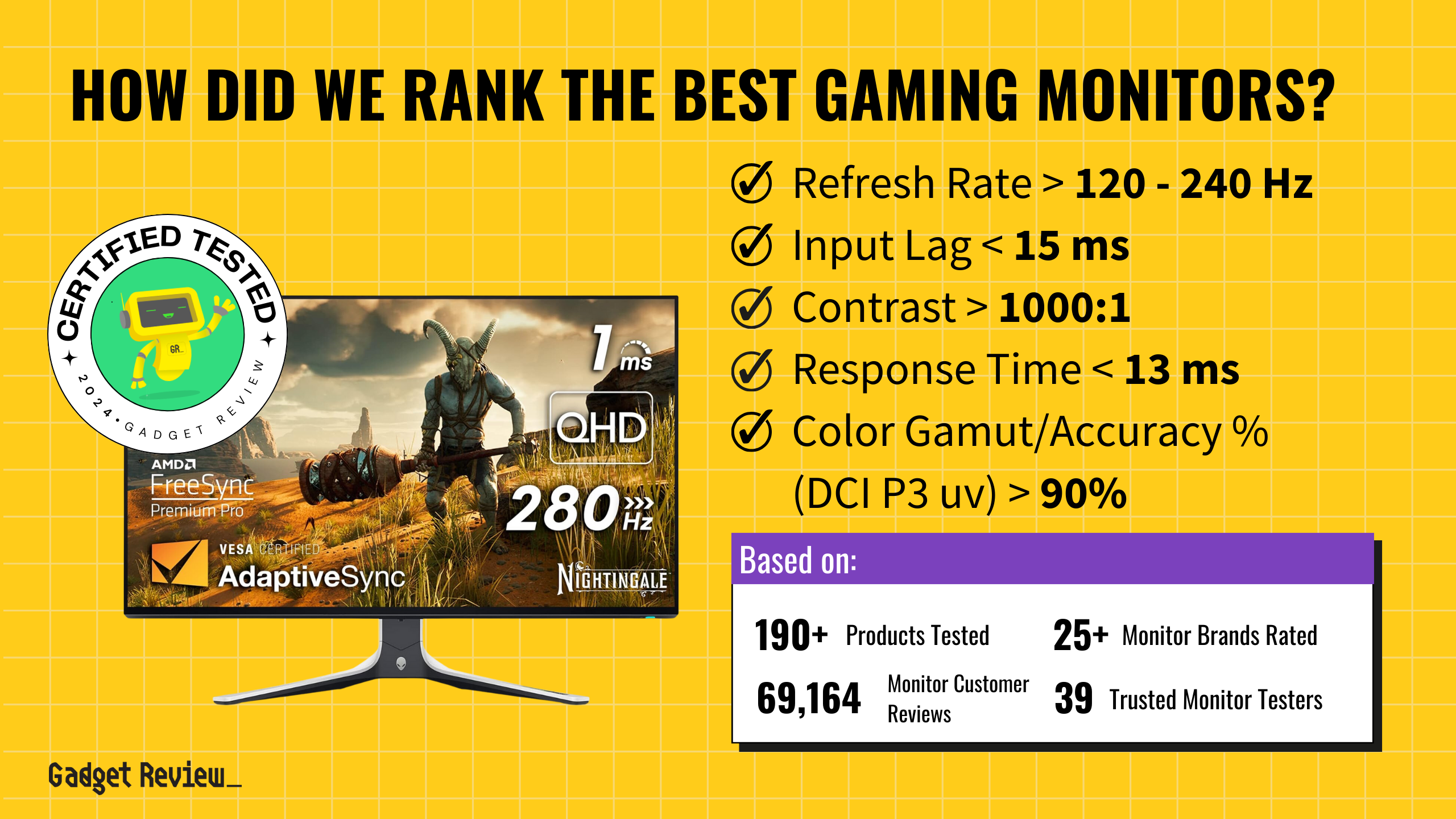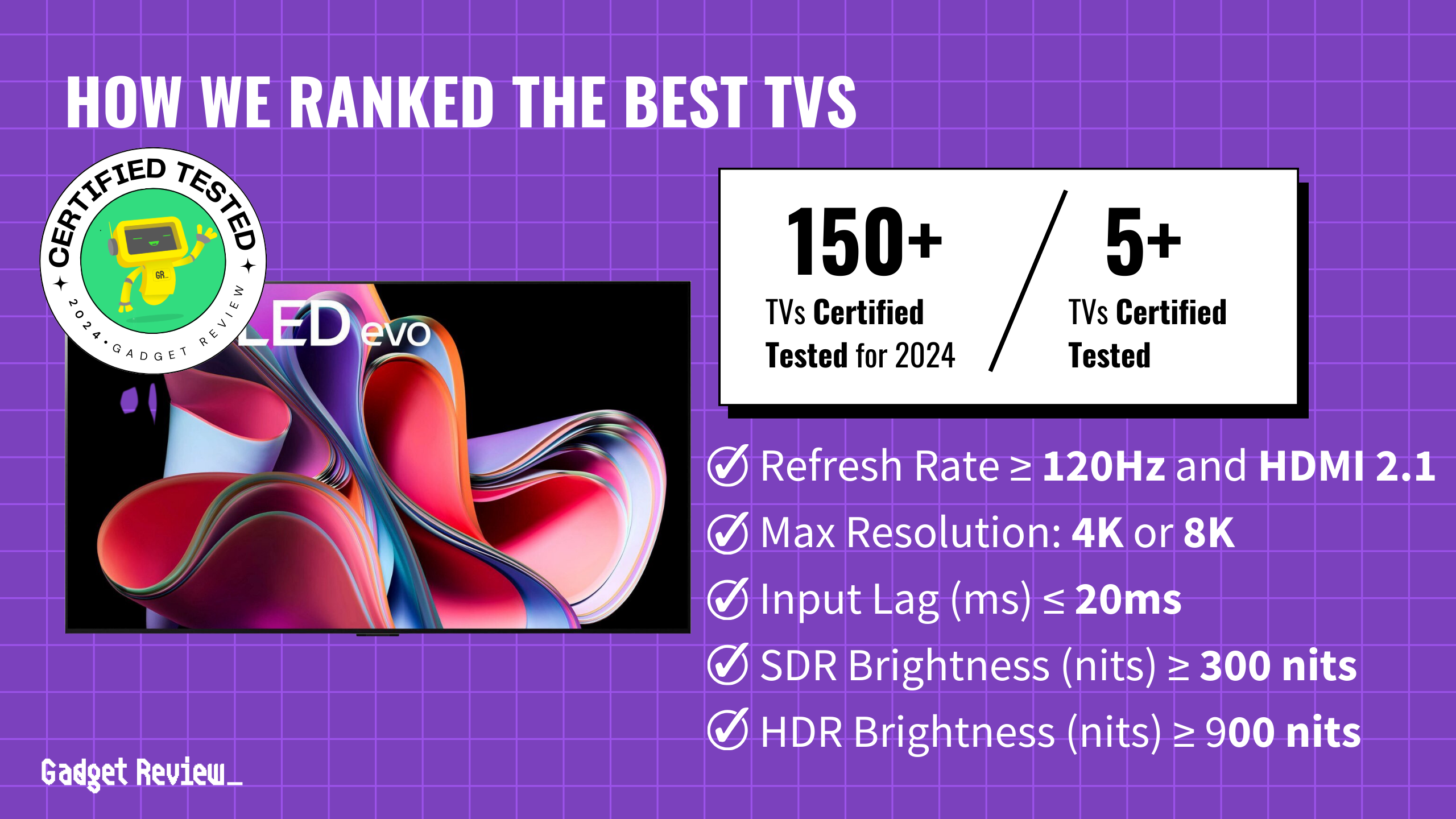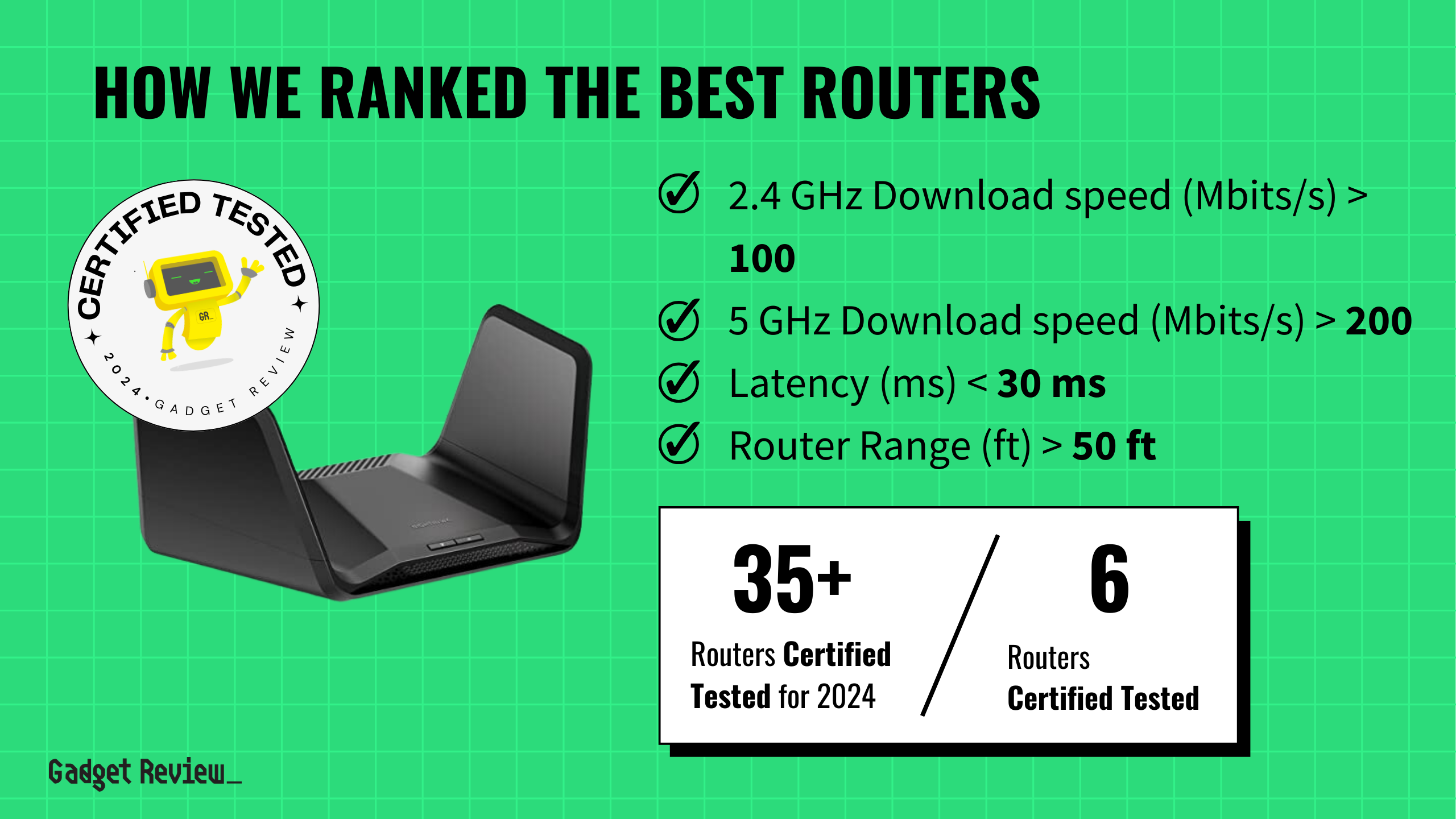Upgrading to that shiny Wi-Fi 7 router sitting in your Amazon cart? Your current Netgear isn’t just obsolete hardware—it’s a three-year diary of digital habits that data miners find valuable. That innocent-looking black box has been quietly logging every device that touched your network, timestamping your streaming sessions, and storing enough behavioral breadcrumbs to make marketers interested.
The Data Goldmine in Your Closet
Modern Wi-Fi routers don’t just route traffic—they function as digital monitoring stations. Your device stores:
- Traffic history
- MAC addresses of every phone and laptop that connected
- Network names revealing location clues
- Connection timestamps mapping your daily routines
- Some models even cache URL fragments
Factory reset clears passwords but often leaves deeper logs intact on flash storage chips. Data extraction tools can resurrect this information months later, turning discarded routers into privacy vulnerabilities.
The Secondary Market You Never Knew Existed
Used routers enter a secondary economy through electronics recyclers and bulk resellers. Before devices get refurbished or scrapped, systems extract stored logs for separate sale. Buyers include:
- Data brokers seeking behavioral insights
- Surveillance companies mapping digital footprints
- Marketers building consumer profiles
Your old router’s logs get bundled with thousands of others, creating datasets about private internet habits and home network patterns.
ISPs Are Playing Both Sides
ISPs lease millions of routers rather than sell them outright. When you return that Xfinity gateway or Verizon router, companies often refurbish without fully clearing onboard storage.
ISPs themselves earn millions annually selling browsing data derived from router telemetry—a practice disclosed in terms of service fine print. Your internet provider becomes both data collector and data seller, monetizing digital behavior twice.
A Quarter-Trillion-Dollar Problem
The global data broker industry exceeds $250 billion annually, with router-derived behavioral data representing a rapidly growing slice. As wireless router sales explode toward a projected $38 billion market by 2033, each device’s “data lifecycle” extends its value far beyond original purchase.
Your browsing patterns, device connections, and network metadata become commodities traded in markets you never consented to join.
Physical destruction of storage chips offers the only guarantee against data harvesting. Factory resets aren’t enough—you need to either physically destroy NAND flash memory or use manufacturer-provided secure wipe tools. Better yet, buy your own router instead of leasing from ISPs, ensuring you control its final destination. Your digital privacy shouldn’t become someone else’s profit center.





























